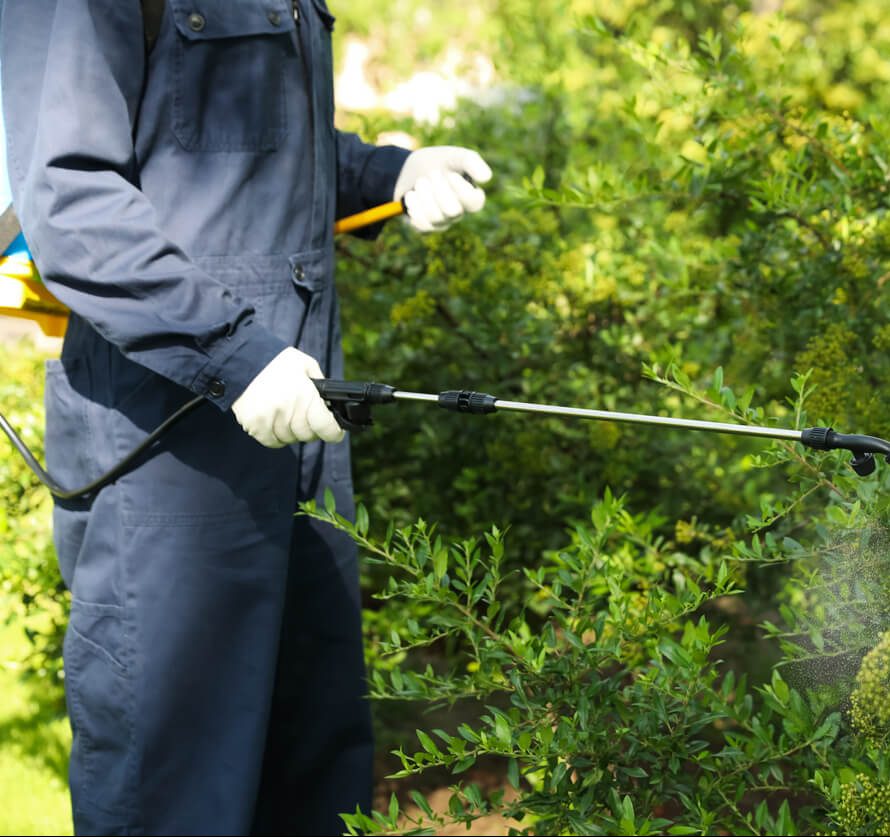New Bellwether Cases Selected in Paraquat MDL Following Dismissal of Initial Group
Editors carefully fact-check all Consumer Notice, LLC content for accuracy and quality.
Consumer Notice, LLC has a stringent fact-checking process. It starts with our strict sourcing guidelines.
We only gather information from credible sources. This includes peer-reviewed medical journals, reputable media outlets, government reports, court records and interviews with qualified experts.

The U.S. District judge overseeing Paraquat lawsuits has selected 10 new bellwether cases following the dismissal of the initial group earlier this year.
Chief Judge Nancy Rosenstengel of the Southern District of Illinois dismissed the multidistrict litigation’s (MDL) first set of cases in April after excluding expert witness testimony. This left plaintiffs unable to establish a link between paraquat exposure and Parkinson’s disease.
The newly selected bellwether cases have a strict and swift schedule. The parties have until August 20 to voluntarily dismiss any of the selected cases without prejudice, allowing the court to choose a replacement if needed.
Once the involved parties set the final group of cases, the plaintiffs must submit a completed fact sheet to the defendants by September 3. Depositions are scheduled to be completed before Thanksgiving.
The court has also ordered each selected case to be summarized in a one-page document and submitted by December 16, 2024. These cases are important in helping to determine how juries might respond to key evidence and testimony in the other pending lawsuits.
As of August 1, there are 5,757 product liability lawsuits pending against the manufacturers of the weedkiller paraquat, alleging that the herbicide manufacturers failed to warn users of its link to Parkinson’s disease.
Plaintiffs have named several companies in the paraquat lawsuits, including Syngenta, a major paraquat producer based in Switzerland, Growmark Inc. and Chevron Chemical Company. Distributors sell the product under different names like Gramoxone, Helmquat, Firestorm and Parazone.
New Bellwether Cases Focus on Parkinson’s Claims
The newly chosen cases include claims that exposure to paraquat caused serious health problems, including Parkinson’s disease.
A complaint filed by Illinois resident Susan Benavidez claims she developed Parkinson’s after using paraquat for decades, without any warning of the dangers or guidance to take precautions.
Benavidez “neither knew nor could have expected that wearing gloves, a mask, or other personal protective equipment or taking any other precautions might have prevented or reduced the risk of a neurological injury or neurodegenerative disease caused by exposure to paraquat,” the complaint states.
Benavidez used paraquat between 1985 and 2012. She received a Parkinson’s diagnosis in 2018.
Parkinson’s disease is a chronic brain disorder that affects movement, causing symptoms like tremors, stiffness and difficulty with balance and coordination. It typically develops gradually, and symptoms worsen over time. There is no cure.
“One Sip Can Kill”
According to the U.S. Environmental Protection Agency, paraquat is so harmful to humans that “one sip can kill.”
Paraquat, also called paraquat dichloride, is highly toxic and used to control weeds and grass. Widely used since 1964, commercial farmers have favored it for its effectiveness in killing plants and its ability to break down quickly in the soil.
However, the EPA limited its use to licensed commercial applicators because of its toxicity. Exposure to the herbicide – through ingestion, inhalation or skin contact – can cause severe health issues or even death. There is no antidote for poisoning from paraquat ingestion.
Studies have linked paraquat exposure to Parkinson’s disease, which has led to a growing number of paraquat lawsuits against the manufacturers.
Editor Lindsay Donaldson contributed to this article.